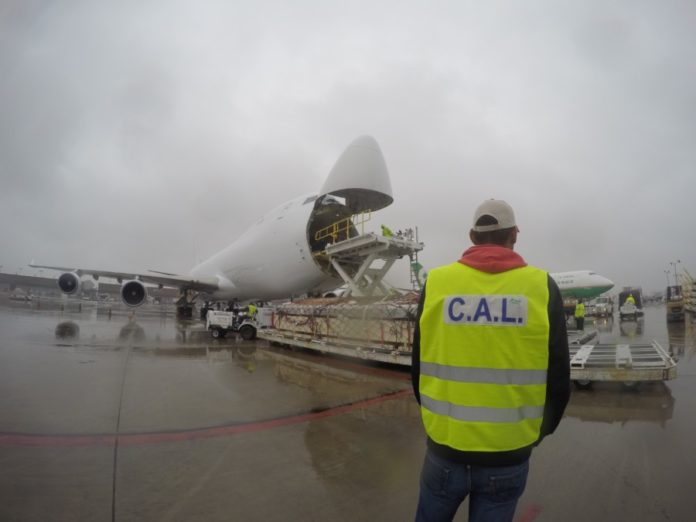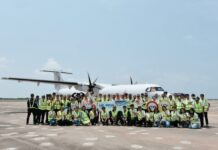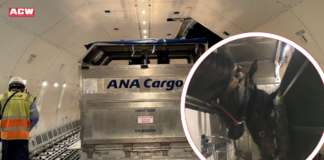

CAL Cargo Airlines has long been at the forefront of the movement of temperature sensitive cargo.
The Israeli carrier has its main hub at Liege Airport and was the first to gain the International Air Transport Association’s (IATA) Center of Excellence for Independent Validators (CEIV) pharmaceutical certificate across both airline and ground handling operations.
CAL Cargo temperature controlled and special products manager, Navot Hirschhorn says time and temperature sensitive cargo such as pharma is the carrier’s number one product and 35 per cent of its business is temperature-controlled cargo, including pharma.
CAL offers specialist products for the transport of pharma and perishables – CAL Pharma and CAL Fresh and in 2015, it saw a 30 per cent growth in the transport of temperature sensitive goods, but expects this will increase in 2016.
Hirschhorn explains: “We absolutely believe this will continue to be our core service, and we even recently upgraded our fleet to new Boeing 747-400ERF and 747-400F.
“The new aircraft expand our abilities to monitor temperature during the flight. The new freighters also increase our ability to compete on charter flights – no need for technical stop, eg, we can offer direct flights from EU to SA without landing to fuel.”
Bouyant trade lanes for temperature sensitive cargo are the transatlantic West route and the import market into Tel Aviv (Israel), but Belgium, Switzerland and Germany, which all have many pharma firms are performing strongly, and are serviced via the carrier’s hub at Liege.
In the US, CAL has a station in Atlanta, which supports all pharma (and other cargo) traveling East. This service includes two weekly rotations from Atlanta to Liege.
Most of its cargo consists of APIs (raw materials for drugs and pharma), PIP (final product for export), PDI (diagnostic products), while contact lenses is a big segment and it does a lot business for the dental industry such as implants and is seeing a rise in high-sensitive bio-pharma products.
Hirschhorn notes CAL is active is encouraging other pharma transporters to certify through IATA’s CEIV certificate to assure product integrity and reassure shippers of the validity of continuing airfreight shipping, despite the cost.
CAL also has plans to grow freighter routes and is evaluating possible new stations and routes and the next investments it makes will be in its US facilities.
He explains in Israel, TEVA sets the standard for the industry for pharma cargo: “Many diagnostic companies here enjoy the infrastructure that was established and designed to support TEVA’s activities. We see a move towards goods moving from active packaging to passive packaging and this is due to very good solutions that were introduced to the industry recently.
“Regarding perishables, we focus on export of flowers, spices, exotic fruits and seasonal fruits. Import focus is on fresh fish and meats as well as cheese.”
The pharma market is going through a transformation and operators are investing to meet the changing demands of shippers, and CAL sees further changes ahead. Hirschhorn says: “The pharma product (especially bio-pharma) will be more sensitive to temperature, humidity, shocks, and there will be a requirement for segregation from some dangerous goods.
“We see that sensitive two to eight degree Celsius products will be packaged more and more with sophisticated packaging solutions that will require transportation environment conditions of 15 to 25 degree Celsius. We forecast that the majority of the shipments will require 15-25.”
And due to the high cost of the active packaging solutions, and improvement of passive packaging – CAL is seeing transition from active to passive products. Hirschhorn notes green packaging (reusable, recyclable) is getting traction and demand for these is rising, but he feels the main issue is the need for standardisation and certification, specifically in relation to CEIV Pharma.
He adds: “We believe the supply chain will need to include full tracking ability from point of origin to point of destination. A positive change is more people along the chain are receiving professional training. Traceability along the entire chain is important.”













